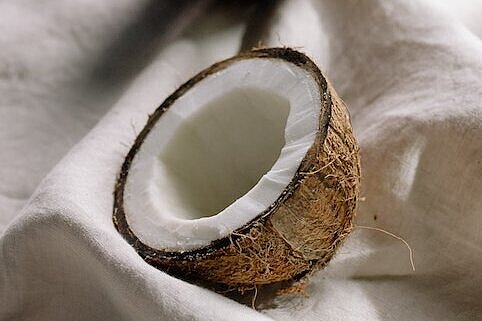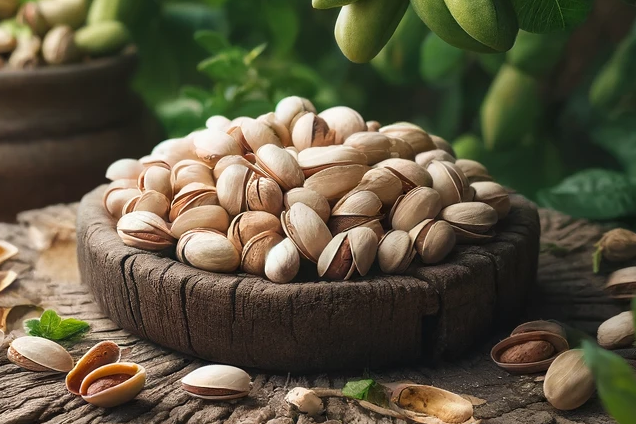Almond shells

The world of dog nutrition is as diverse as that of human nutrition, with a constant search for the best ingredients for our four-legged friends. One such ingredient that has been attracting attention recently is almond hulls. In this article, we take a deep dive into almond hulls, an ingredient that may not be on the radar of many dog owners, and highlight their benefits and potential drawbacks.
What are almond shells?
Almond shells are the outer covering that surrounds the almond. While the almond itself is widely used as a food, the shells are often seen as a by-product of the almond harvest. However, recent research and discussions around sustainable diets and alternative food sources have shed new light on almond hulls.
Potential benefits of almond shells in dog nutrition
Natural source of fiber
Almond shells are rich in fiber. Fiber plays an important role in the digestive health of dogs as it can help regulate bowel movements and support healthy intestinal flora.
Antioxidant properties
The husks also contain antioxidants that can protect cells from oxidative stress and inflammation. This is particularly important for older dogs or those with chronic health conditions.
Sustainability
Using almond shells as a food supplement for dogs can help reduce food waste. Instead of being disposed of as waste, the shells are put to good use in animal nutrition.
Possible disadvantages and precautions
Digestibility
Despite their potential as a source of fiber, the hard, fibrous nature of almond hulls can pose a digestive challenge for some dogs. It is important to carefully monitor the dog's reaction to this ingredient.
Allergy risk
As with any new food or ingredient, there is a risk of an allergic reaction. Although almond allergies are rare in dogs, owners should watch for signs of intolerance.
Toxicity from excessive consumption
The almond shell itself is not toxic to dogs, but excessive consumption can cause gastrointestinal distress. As with any supplement, moderation is key.
Almond hulls, a by-product of the almond harvest, offer an interesting option for our dogs' diets, particularly from a sustainability and potential health benefits perspective. However, as with any change in a dog's diet, it is important to exercise caution and carefully monitor the dog's response. Almond hulls could be a valuable supplement for some dogs, provided they are used responsibly and in moderation.
If you notice any signs of hypersensitivity or poisoning in your dog, you should see your vet immediately. We are not a substitute for a vet, but we try to be as accurate as possible. Every dog reacts differently and we recommend you get a second opinion or consult your vet if in doubt.
Stay healthy and take good care of your four-legged friend!😊
Similar to Almond shells
Hazelnut shells are the hard, outer protective material that surrounds the hazelnut. After the nuts are harvested and processed, the shells remain as a by-product. While hazelnuts themselves are...
Coconut husks are the dried and ground flesh of the coconut. It contains many valuable nutrients such as fiber, fats, protein, vitamins and minerals. Coconut husk has a pleasant smell and taste and...
Pistachios are small, delicious nuts that are often praised as healthy snacks. After the nut is eaten, the hard, woody shell remains, which is commonly regarded as waste. These shells have a...
Walnut shells are the hard, outer shells that surround the edible kernel of the walnut. They consist of two halves that fall apart when the nut is cracked open. Walnut shells are extremely hard and...



